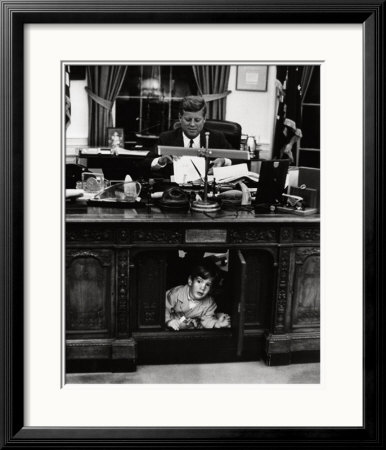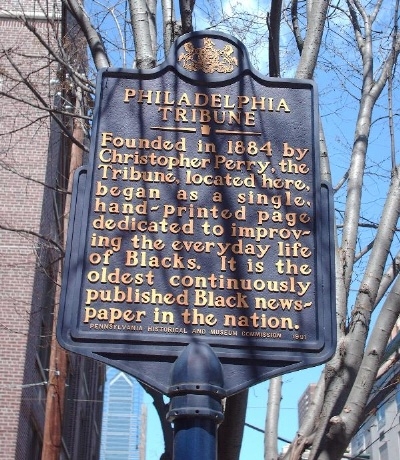The Real World of Jean Toomer’s Cane
Part of the American Storyworlds Project
- Bradley, D. “Novelist Alice Walker Telling the Black Woman’s Story. The New York TImes. January 8, 1984. . https://www.nytimes.com/1984/01/08/magazine/novelist-alice-walker-telling-the-black-woman-s-story.htm
- Cieslik-Miskimen C, Robinson S. The history gap: Collective memory, journalism, and public discourse on racial achievement disparities in progressive communities. Memory Studies. May 2019. doi:10.1177/1750698019849696
- DuBois, WEB The Souls of Black Folk. CHICAGO: A.C. McCLURG & CO., 1903 NEW YORK: BARTLEBY.COM, 1999 https://www.bartleby.com/114/
- Eskew, G. Black Elitism and the Failure of Paternalism in Postbellum Georgia: The Case of Bishop Lucius Henry Holsey The Journal of Southern History Vol. 58, No. 4 (Nov., 1992), pp. 637-666
- Foley, B. Jean Toomer, Race, Repression and Revolution, University of Illinois Press, 2014
- Gregory, M. “Cane.” Opportunity, December, 1923, p. 374-5
- Holsey, L. Autobiography, Sermons and Essays. Atlanta: Franklin Print. and Pub. Co., 1898.https://docsouth.unc.edu/neh/holsey/menu.html
- Kitch C. Placing journalism inside memory — and memory studies. Memory Studies. 2008;1(3):311-320. doi:10.1177/1750698008093796
- Leslie, K. Woman of Color, Daughter of Privilege: Amanda America Dickson, 1849-1893
- Leslie, K. and Gatewood, W. “This father of mine…A sort of mystery:” Jean Toomer’s Georgia Heritage. The Georgia Historical Quarterly, Winter, 1993, Vol. 77, No. 4, pp. 789-809
- Mugleston, W. Julian Harris, the Georgia Press, and the Ku Klux Klan, The Georgia Historical Quarterly, Fall, 1975, Vol. 59, No. 3, pp. 284-295
- Spencer, L. “Insurrection in Hancock County,” Reflections, Georgia African American Historic Preservation Network, Vol XIV, No. 1, June/July, 2019
- Stannard Baker, R. Following the Color Line: an account of Negro citizenship in the American democracy. Release Date: January 4, 2011 https://www.gutenberg.org/files/34847/34847-h/34847-h.htm
- Toomer, J. Cane. Boni and Livright, 1923
- Turner, H. African Letters.Nashville, Tenn.Publishing House A. M. E. Sunday School Union
1893 https://docsouth.unc.edu/church/turneral/turner.html
- Wilkerson, Isabel, The Warmth of Other Suns, Penguin/Random House 2011
- Works Progress Administration. “Aunt Edie.” Slave Narratives, Vol 4: Georgia Narratives. 1941. Library of Congress
- Various authors. The Sparta Ishmaelite. https://www.loc.gov/item/sn89053239/




